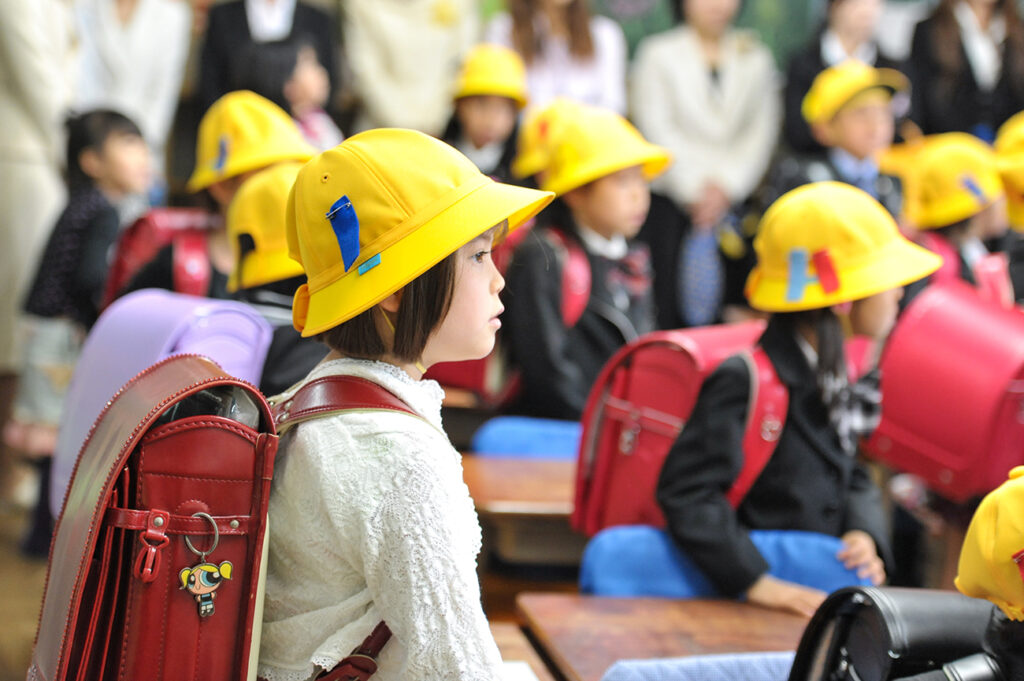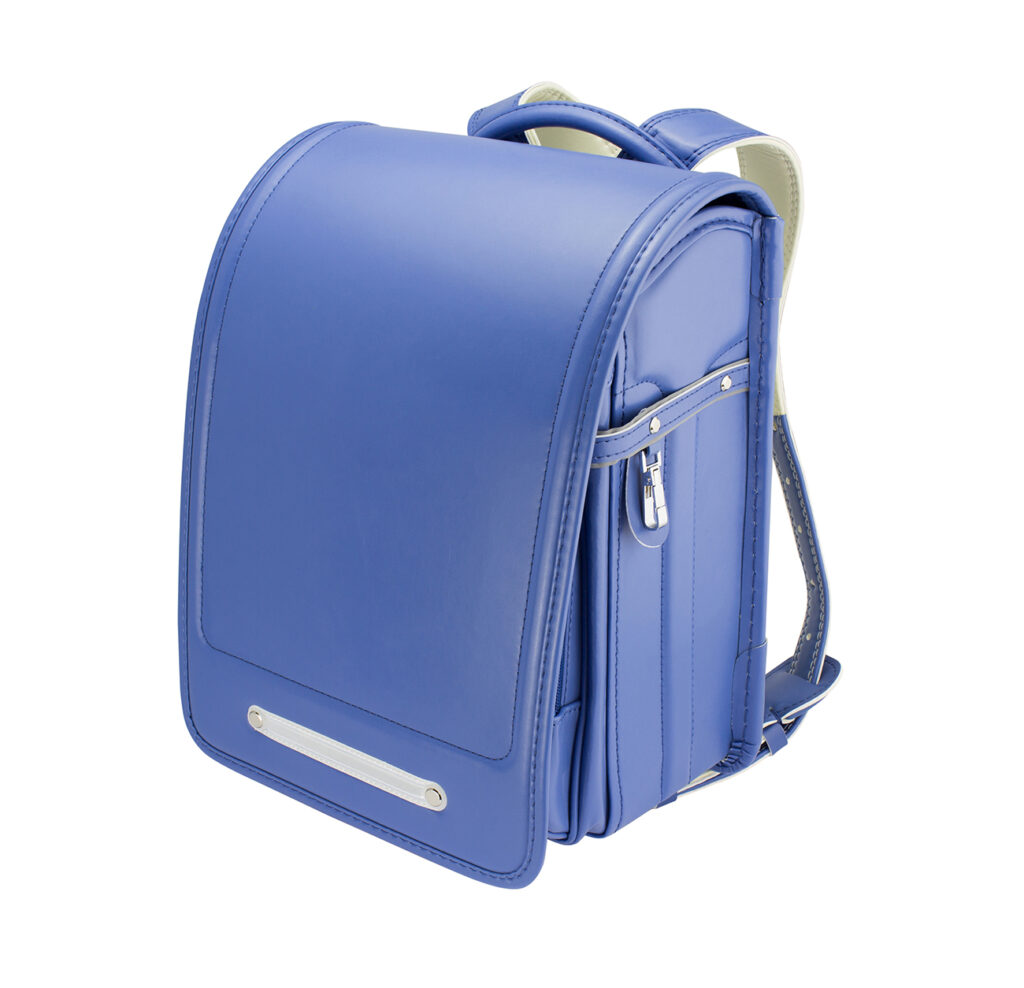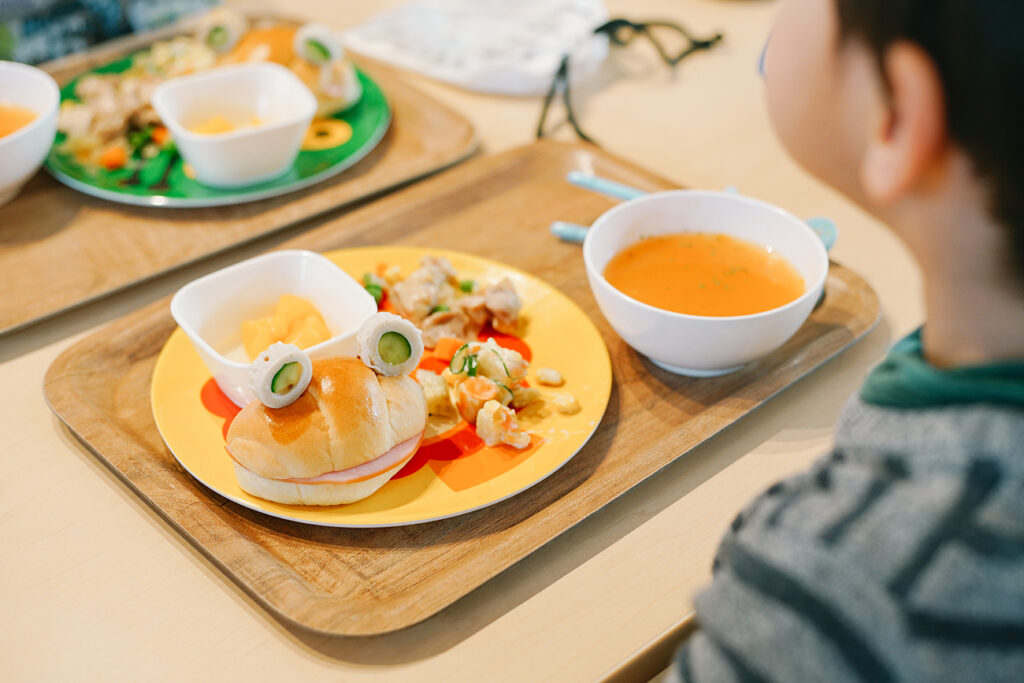
Back to Elementary in Japan with Randoseru and Kyushoku
Randoseru (ランドセ) is a sturdy and rigid backpack crafted from stitched leather or similar durable materials, widely worn by elementary schoolchildren in Japan. The term “randoseru” finds its roots in the Dutch word “ransel,” which translates to “backpack,” and its origins date back as far as 200 years ago in the Netherlands.
Randoseru through the years
The use of the” randoseru” began during the Edo era, coinciding with the influence of Western reforms in the Japanese military. These bags were initially used by foot soldiers to carry their belongings. In Japanese tradition, a randoseru is given to a child at the beginning of his or her first year of school, and the child uses it until 6th grade.
The Japanese government, through the elementary school Gakushūin (a Japanese educational institution), proposed the use of a backpack for Japanese elementary students. During that time, taking students by rickshaws and cars was banned, promoting the idea that students should walk and carry their own things to school. In 1887 when the crown prince at the time was given a randoseru upon entering elementary school, it became an even more popular tradition.
Promoting healthy eating in school
The tradition of offering school lunches or kyushoku in Japan dates back to the early 20th century. However, after the devastation of World War II, which resulted in near-famine conditions, the Japanese government took proactive measures to reintroduce school lunches in urban areas. Subsequently, in 1952, school lunch provisions were expanded to cover all elementary schools across Japan. The formalization of the School Lunch Law in 1954 further extended this initiative to include junior high schools as well.
The term “shokuiku” pertains to food and nutrition education, an integral and universal aspect of Japanese school lunches. Japan’s school lunch program and the concept of shokuiku in schools have garnered are regarded as exemplary models for promoting healthy eating habits.
Randoseru and kyushoku are wonderful examples of Japan’s rich culture and traditions that make us remember our childhood in a similar sense.
